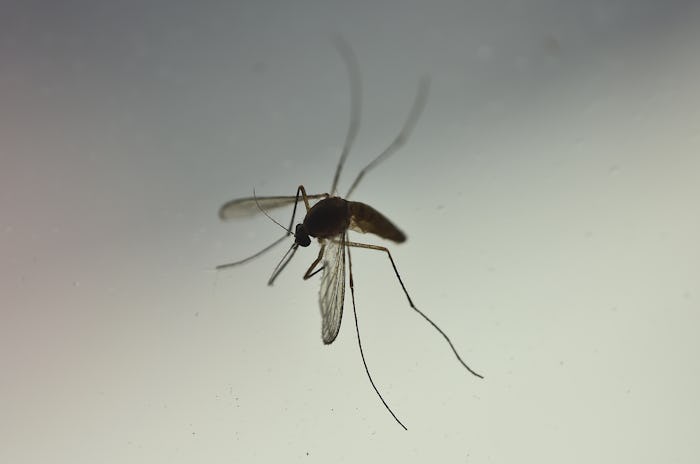News

A Zika Map Of Mexico Shows Zika Is Still A Threat
At the beginning of 2016, it seemed like people could not stop talking about Zika — a mysterious virus carried by mosquitos with potentially devastating side effects. But now, with one quarter left into the year, what do people still to know about Zika —and what places are still unsafe to travel to? Unfortunately, a Zika map of Mexico shows that travel to Mexico should be taken with precaution.
According to the Centers for Disease Control and Prevention, those traveling to Mexico or are currently in Mexico should continue to practice enhanced precautions when it comes to mosquitos — such as wearing long clothing, applying bug spray often, and using condoms during sex. These are all ways to practice enhanced precaution in a country where Zika continues to be prevalent and transmitted by mosquitos.
But a Zika map of Mexico also gives a good indication of travel-safe places in Mexico. Now I'm not saying that people that don't travel to these places won't catch Zika, but two maps — one published by the CDC and another by the Health Ministry of Mexico — show where catching Zika is more common. Both maps indicate that places with elevation above 6,500 feet, which is around central Mexico, are less likely to have Zika.
According to the CDC, "the mosquitoes that spread Zika usually do not live at elevations above 6,500 feet because of environmental conditions."
The Health Ministry of Mexico's map is very helpful in pinpointing the locations where Zika has been reported in Mexico. As the map indicates, most of the reported cases of Zika as of April 2016 were caught in towns on the country's western coast. However, as of August, according to bajainsider.com there have been no reported cases of Zika in Baja California Sur, Mexico — an area of Mexico where popular tourist city, Cabo San Lucas, is located.
According to bajainsider.com, as of August 18 there are currently 1,619 confirmed cases of Zika in Mexico since January. There has been a reported 748 cases of Zika in pregnant mothers in Mexico, as well. These numbers could continue to grow, given the current outbreak of Zika developing in Florida.
There have also been multiple reported cases of Zika within the United States where those who are infected claim to have caught Zika on recent trips to Mexico. In July, two patients in Dallas, Texas, became infected with Zika after traveling to Mexico, according to The Dallas Morning News. The same was reported in Idaho and Washington state in early August.
Contracting Zika in Mexico is still not out of the question, despite some areas having no reported cases of Zika. When traveling to Mexico, it is important to take all necessary precautions involving clothing, bug spray and other preventative measures. Zika maps of Mexico and recent headlines show that Zika still continues to be a threat across the world, well into 2016.